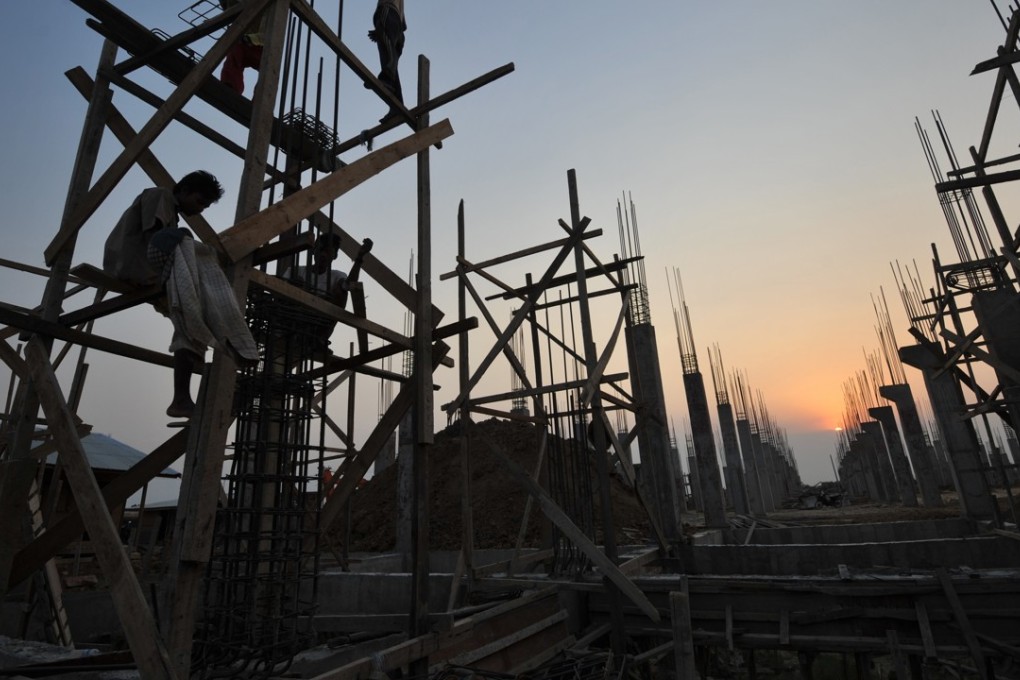Private finance expected to fill the gap in funding Asian infrastructure projects

Asia faces a US$820 billion annual shortfall in funding for infrastructure projects but with Chinese lenders coping with tightener monetary policy, private financing is expected to step in and increase its share over the next few years, say fund managers and analysts.
Hong Kong is also expected to play a key role in filling the gap and mobilising funds from institutional investors for the region’s infrastructure projects.
Since China launched the Belt and Road initiative to invest US$900 billion in infrastructure across Asia and Europe, Chinese lenders have taken the lead in funding for the region’s infrastructure projects.
According to statistics from Dealogic, Chinese banks accounted for more than 60 per cent of Asia’s infrastructure funding last year, reaching US$38.4 billion.
However, that seems inadequate to meet Asia’s growing needs for infrastructure financing.
Earlier this year, the Asian Development Bank (ADB) estimated that Asia must invest US$1.7 trillion annually in infrastructure until 2030 to maintain its growth momentum, whereas the region currently only invests half of that amount each year.